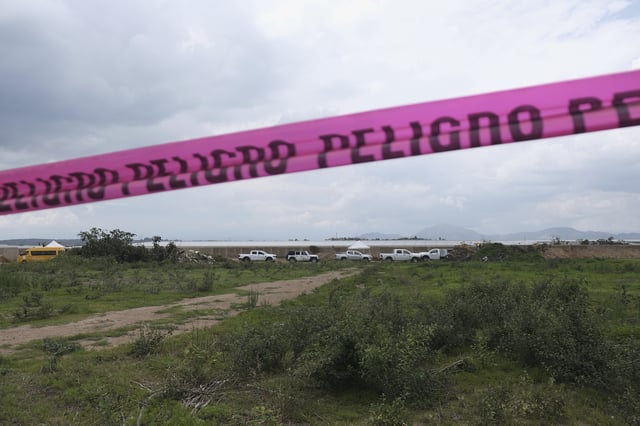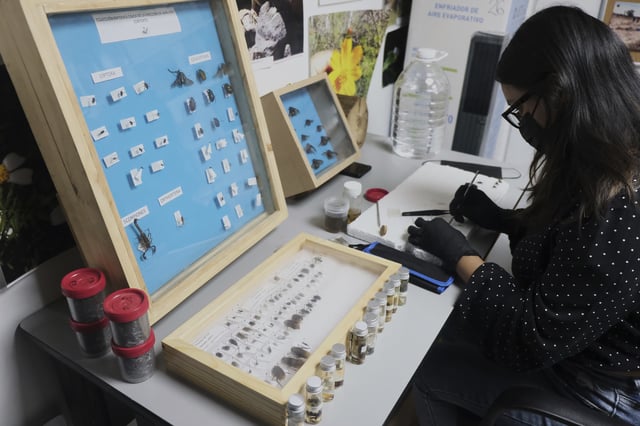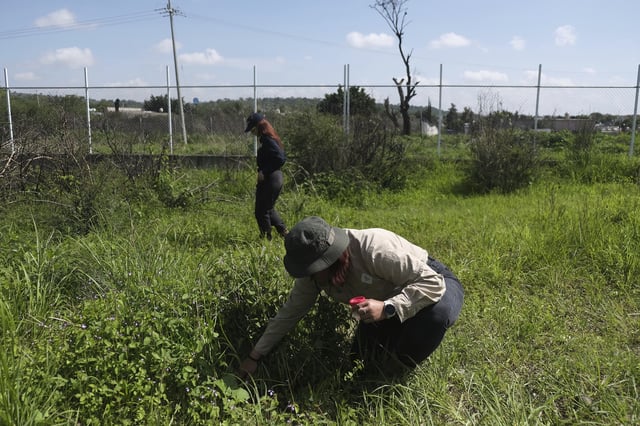Overview
- A multi-institutional mapping project launched in 2023 brings together federal scientists from CentroGeo, the University of Guadalajara, UNAM, University of Oxford and the Jalisco Search Commission to refine grave-location methods.
- Researchers have buried dozens of pigs dressed or wrapped in materials to mimic human disposal and test hyperspectral, thermal and ground-penetrating sensors for detecting clandestine burial anomalies.
- Early trials revealed phosphorus-driven yellow flowers and distinct soil changes over pig graves that mothers of the missing used to visually identify unmarked burial sites.
- The Jalisco Search Commission has begun deploying thermal drones, laser scanners and multispectral cameras in active searches, combining sensor data with families’ on-the-ground expertise.
- Scientists caution that comprehensive validation of these forensic techniques will take at least three more years to determine their reliability and optimal conditions.



